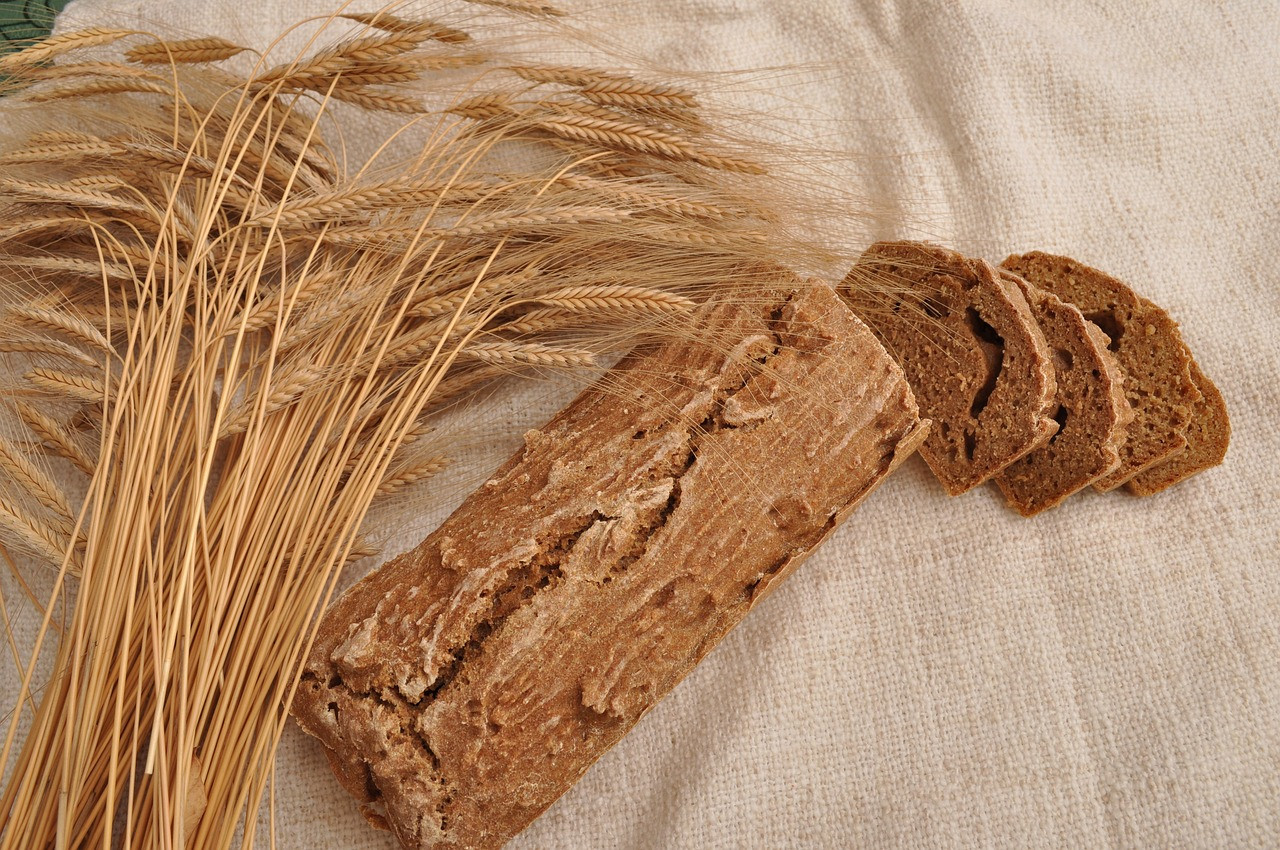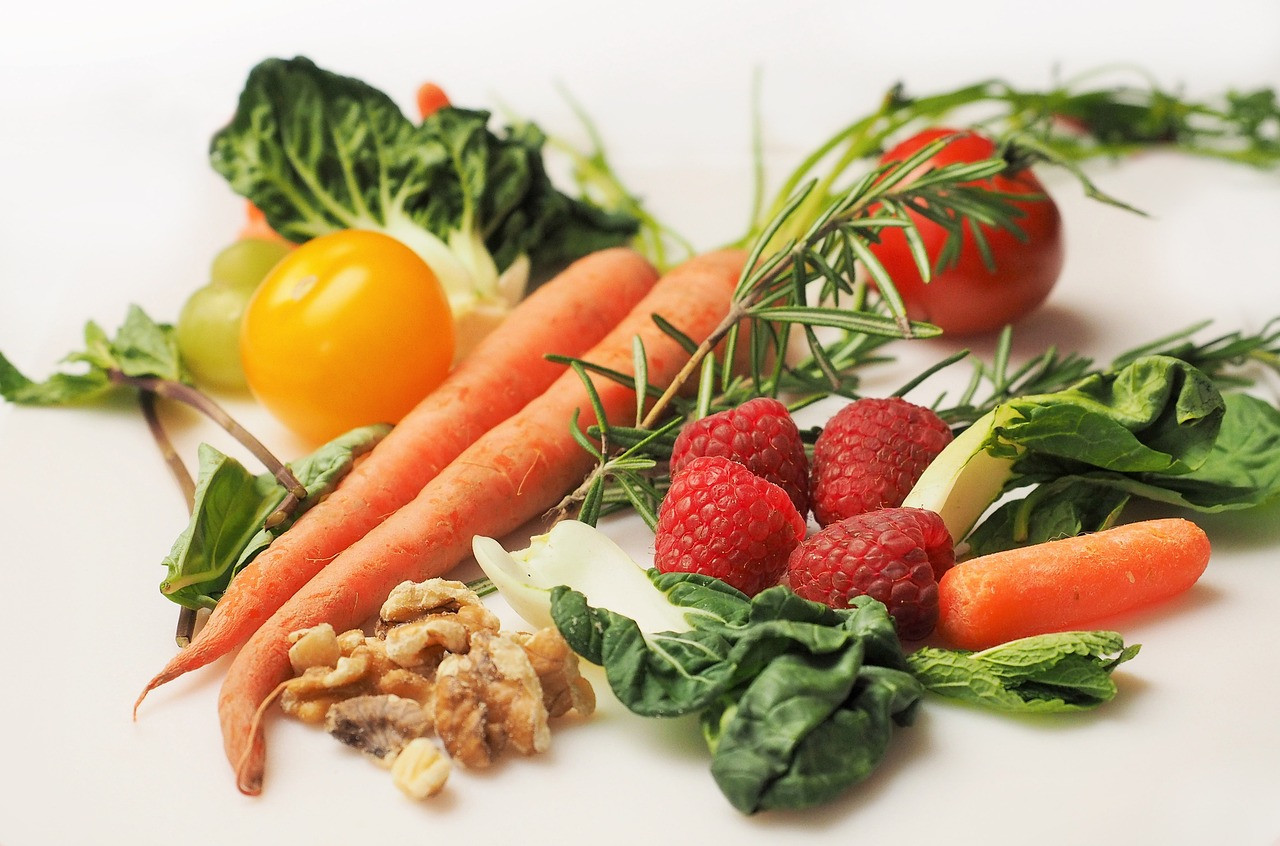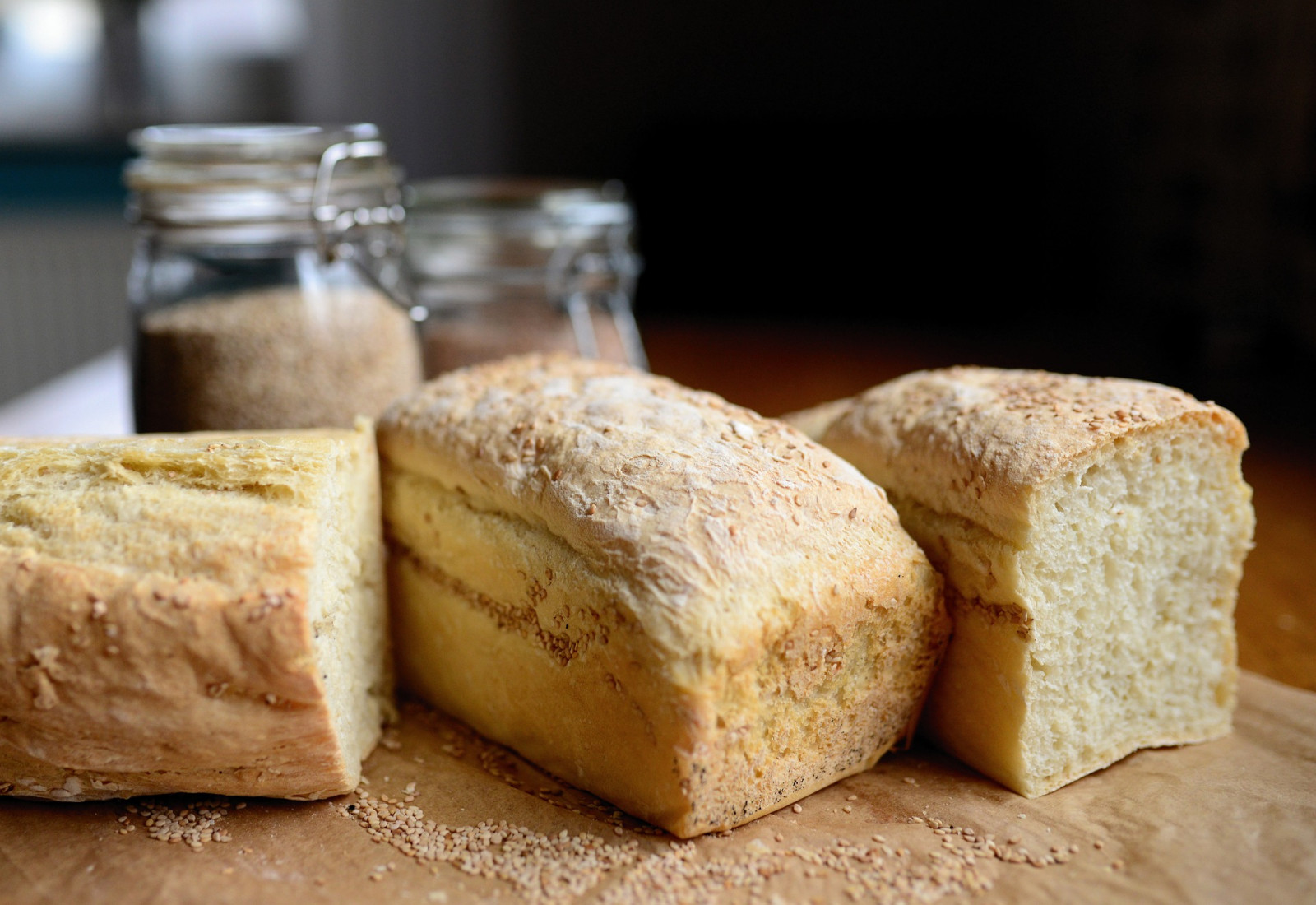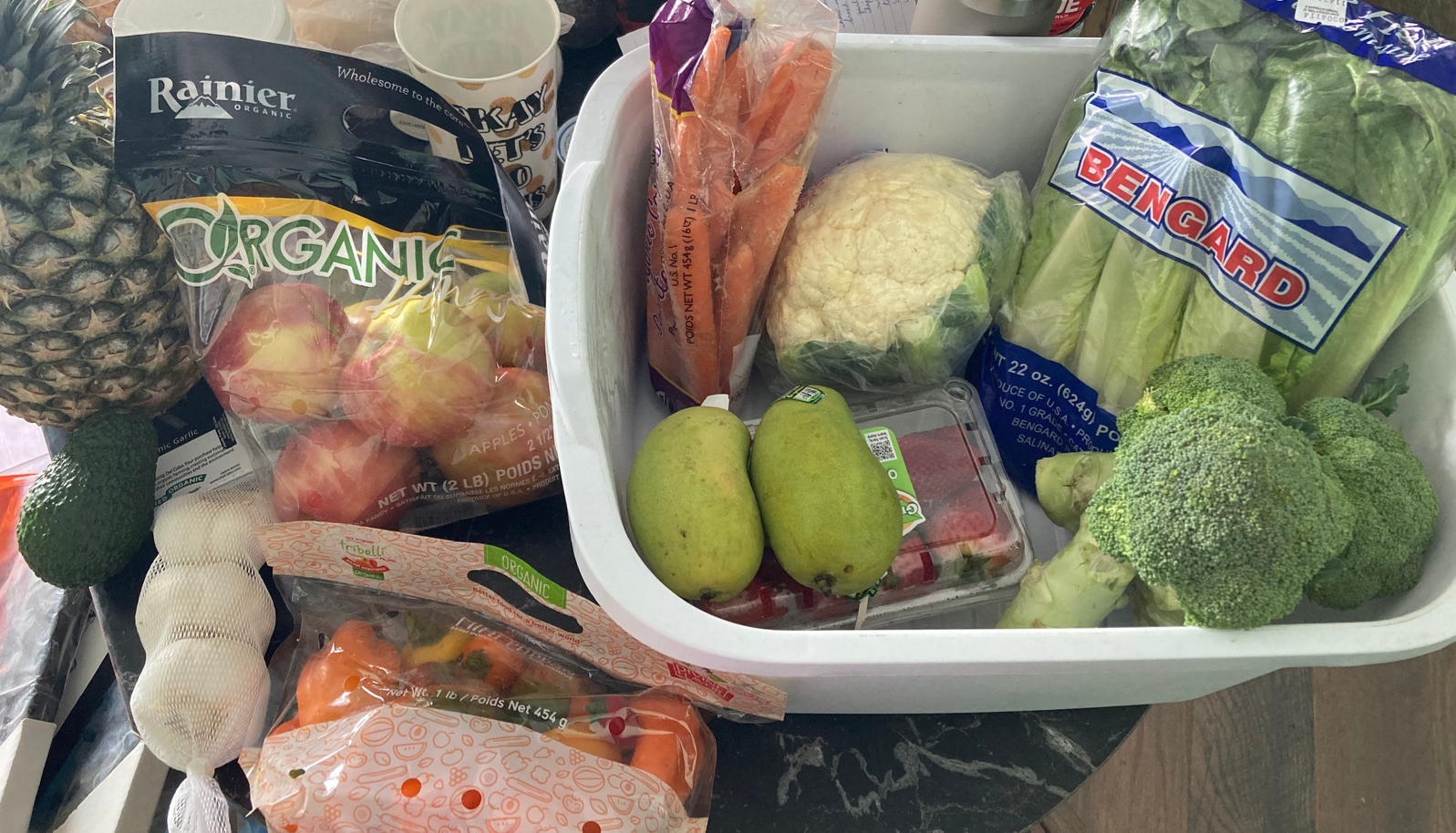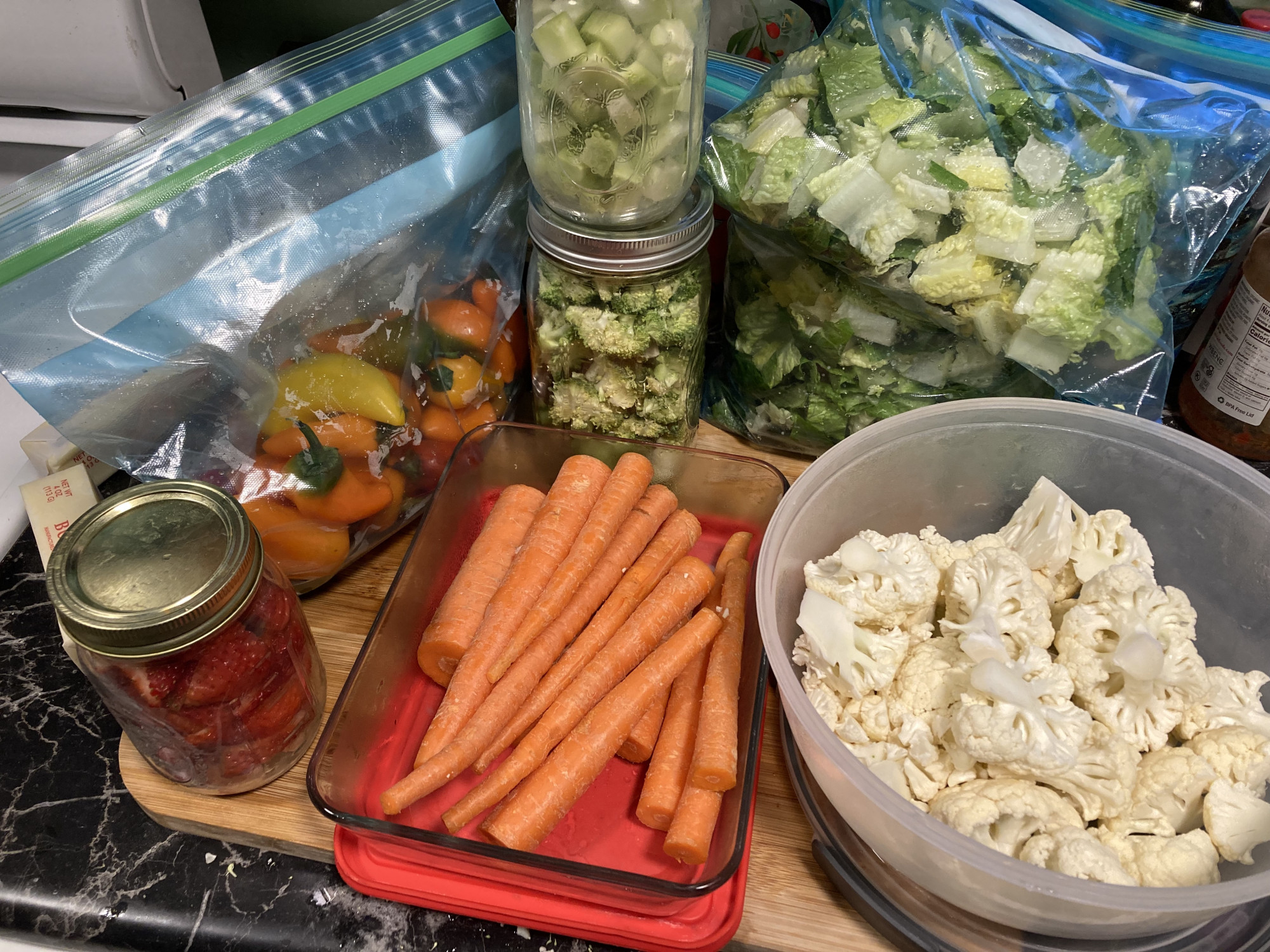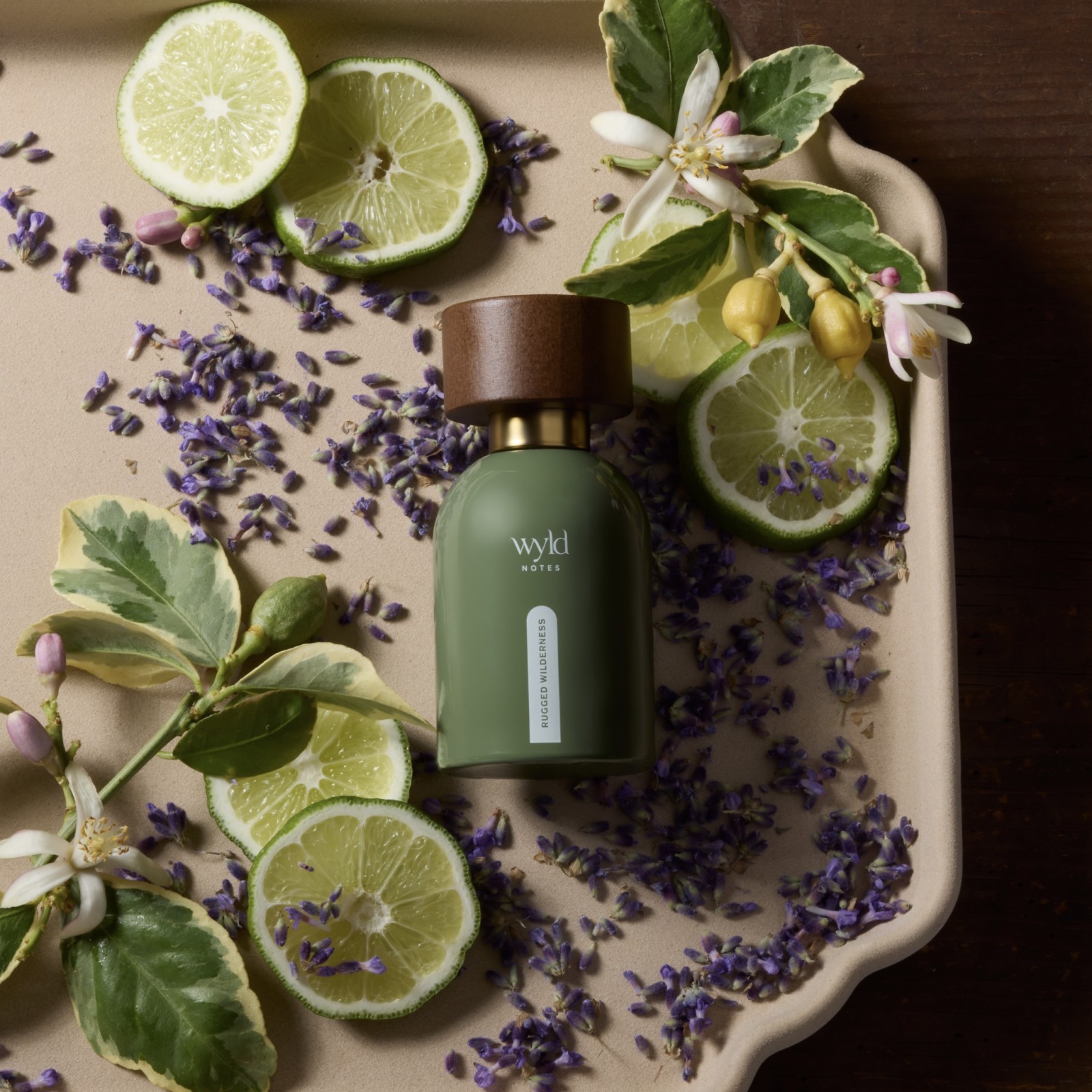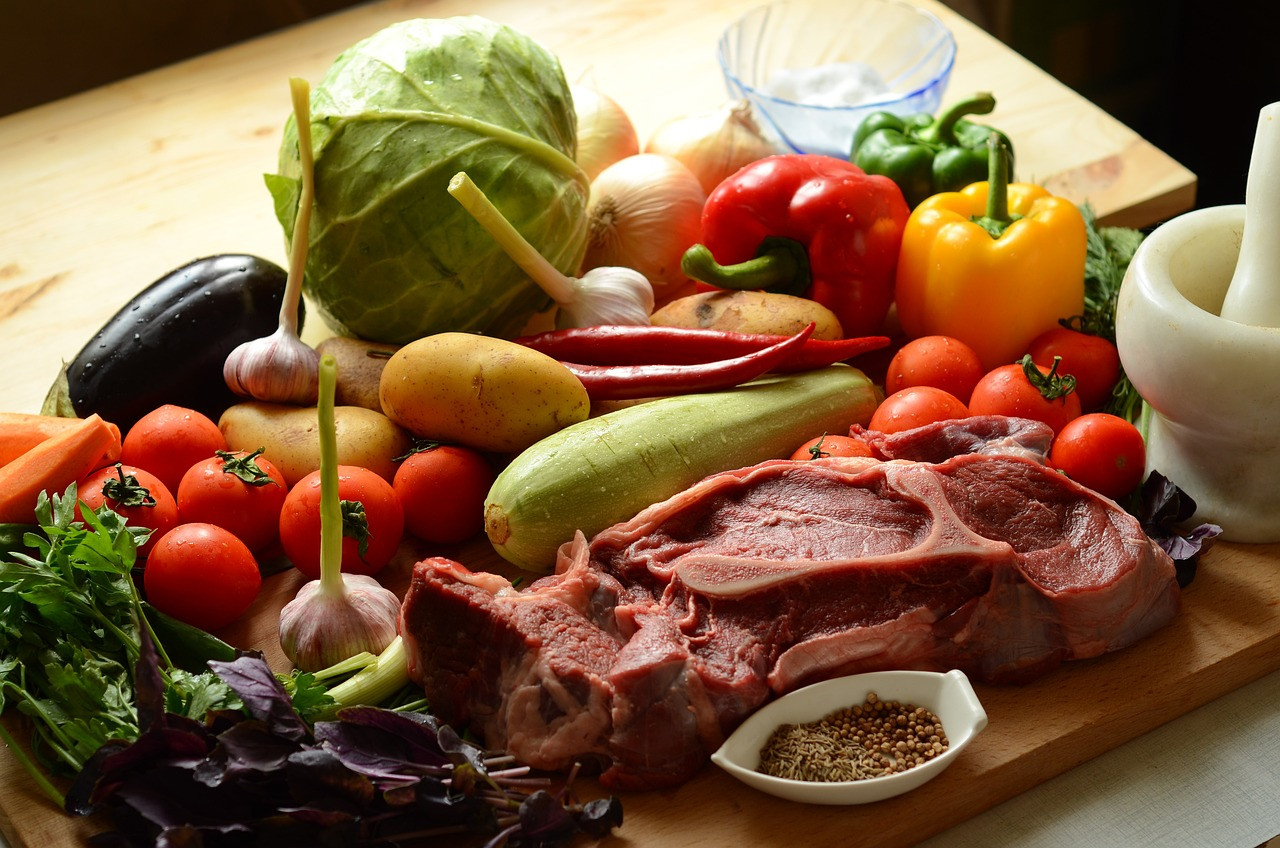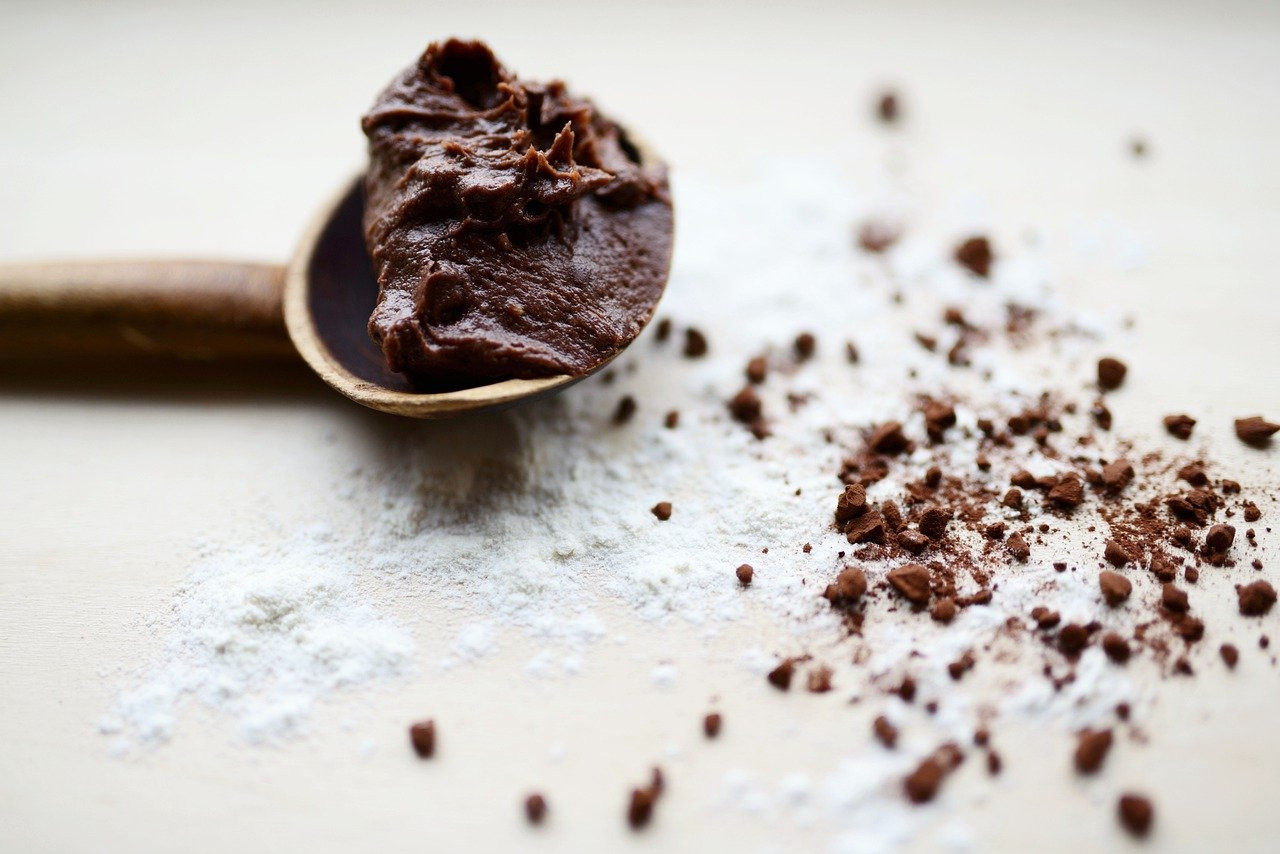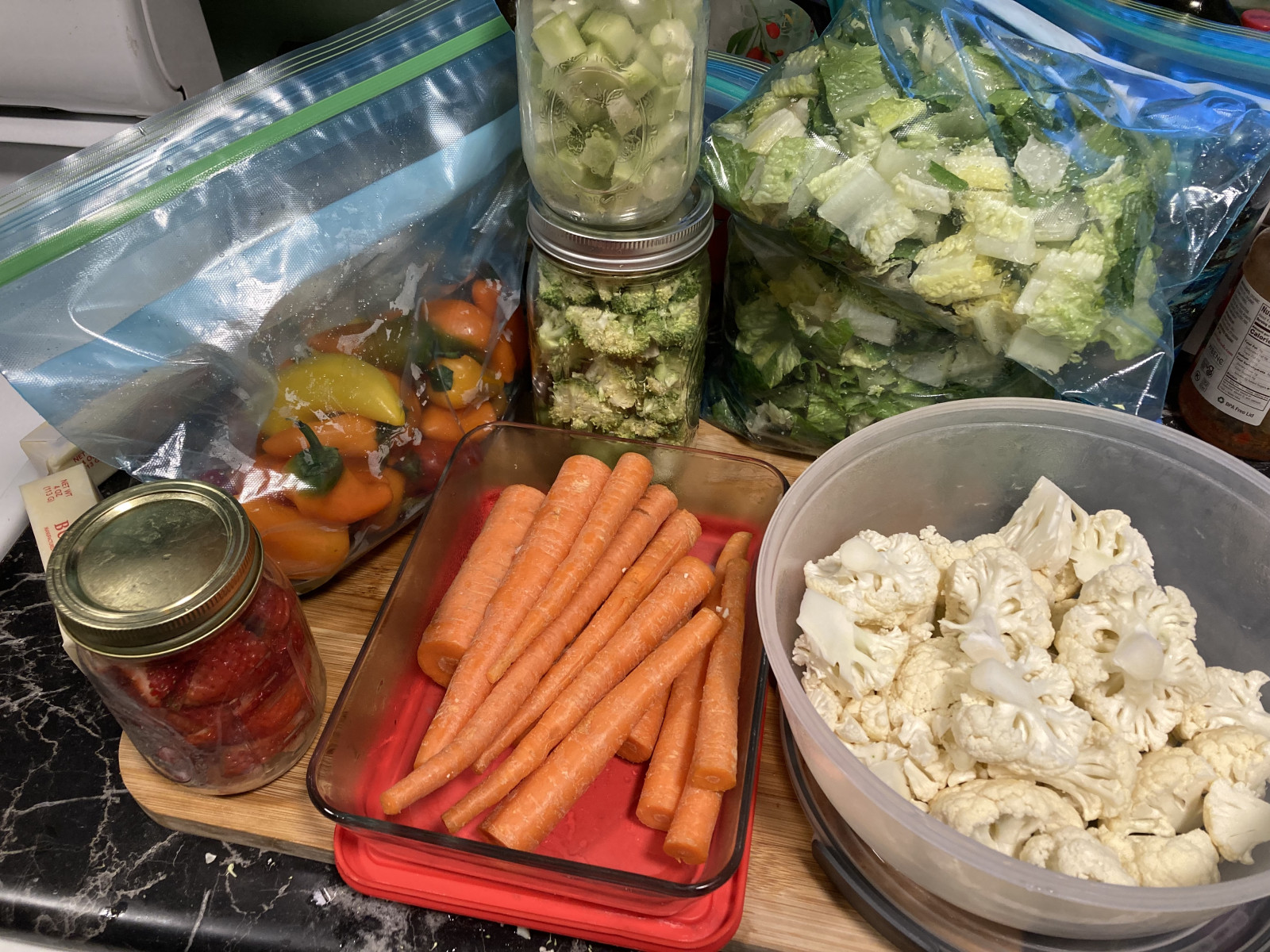
If you haven't heard of Misfits Market, it's a subscription service for groceries. They reroute items rejected by grocery stores for whatever reason – this might be a potato that's smaller than ideal or an apple that's a funny shape. Nothing wrong with them, but stores only want the most perfect specimens.
When I started with Misfits a few years ago, it was strictly organic produce, but it has expanded to include all kinds of groceries now, including meat, dairy, snacks, and pantry items.
I got produce boxes every other week for about six months before I had to cancel it. Long story short, I lived in South Dakota (where they didn't deliver to at the time) and worked in Minnesota (where they did), so I had boxes sent to the office. But delivery started becoming erratic, and I wasn't in the office every day, so I cancelled the service in spring of 2021. I was very sad!
Fast forward to last week. I really only go to the grocery store every 3-4 weeks, but I would run out of produce between trips. I checked to see if Misfits had started delivery to South Dakota yet, and they had!
So I ordered a box of all organic produce, especially items that are more difficult to find organic here in the dead of winter in northeastern South Dakota. I focused on some items included on the "
Dirty Dozen" list of produce with the most pesticide residue – like strawberries, apples, and bell peppers that I want to be sure to buy organic.
My Produce Box
My box arrived right on schedule, and I was pleasantly surprised at the quality. The produce I got back in 2021 would often be obviously "imperfect" in some way – nothing inedible, just funny-looking.
This box, though, was nearly perfect. I got:
- 1 nice big pineapple
- 2 avocados that are still green and a few days from ripe
- 2 mangoes – maybe smaller than "normal" mangoes
- 3 bulbs of garlic
- A bag of Honeycrisp apples with no imperfections
- A bunch (three stalks) of perfect broccoli
- 1 big cauliflower that had only the most minimal brown spots
- A bag of perfect carrots
- 3 perfect romaine hearts
- A package of almost perfect strawberries – just a few a little underripe
- A bag of mini sweet peppers - a couple small ones and a couple curvy ones
All that near-perfect organic produce was around $60, counting shipping.
How I'm Using It
Now, if you're like me and want to use a produce box to make healthier food choices, here's where Misfits is great.
First, I wash it (I wash all produce I eat the skin of, even if I grew it in my own garden), and then, I peel/chop/cut everything that will keep that way.
So I left the pineapple, mangoes, avocados, and apples alone, but I cut the broccoli and cauliflower into florets. I cut the ends off the carrots and peeled them. I shredded the lettuce into bite-sized pieces, and I topped and cut the strawberries into quarters.
Taking the time to do this means I have everything ready to use when throwing together a meal, and most important (for me at least), I'm only getting the cutting board, knife, and peeler dirty once.
To use it, my goal is simply to use something from the box in each meal. This gets me constantly thinking about how to incorporate veggies and fruits into meals.
The day after I got the box, I had an apple with peanut butter for breakfast. For lunch, I made a salad with romaine, cauliflower, and carrots and topped it with some leftover chicken-bacon-ranch mixture from our wraps the evening before. I snacked on strawberries. And for supper, I roasted broccoli, peppers, carrots, cauliflower, and cabbage (which I already had) and tossed it all into some mac and cheese.
Voila! I went from hardly eating any fruits and veggies the previous several days to getting all those great nutrients.
Can You Benefit from Misfits Market?
If you're in the same boat as me and need a little inspiration to eat more fresh produce or if you have limited access to organic produce in your area, Misfits Market might be a good fit for you.
If you're ready to give Misfits Market a try, feel free to use my code: COOKWME-VF3YHB – it will get you and me both $10 off.
Questions You May Have
Since I have found the Misfits Market website to be incredibly frustrating, I'm going to answer a few of the questions I had and save you the digging around I had to do.
What kind of produce do they have?
This was one of my biggest concerns. I didn't want to sign up and find out they had a very limited selection, but I was surprised. I have gotten all the vegetables common to a small town in the upper Midwest, plus other items that are a bit more "exotic" or seasonal, depending on where you live – like mangoes, bok choy, multi-colored carrots, and more.
They won't have all items all the time, but there has always been an ample selection for me to choose from. No complaints on that score.
What does the subscription cost?
As of this writing, in March 2023, there are two subscription plans – $35-40 a week and $40-45 a week. It appears that for both of them, you must order a minimum of $49 per box.
I can't explain that. It makes no sense to me, but that's what I'm seeing. I'm only vouching for their produce. Their website has never impressed me.
There are taxes and shipping charges, too. My first box ended up being $66.00.
Can I skip weeks?
Yes, it's easy to skip weeks. In fact, all you have to do is not fill your cart up to the $49 minimum.
Be careful with this since they do automatically add some items to your cart. For my second box, it was about $10 short of that $49, but I can't guarantee that there wouldn't be enough to reach your minimum and process. You're probably safer to go in and request to skip a box.
Am I guaranteed to get everything I order?
No, items go out of stock and get removed from your box. I had zucchini on my order, but when the box shipped, I received a notification that the zucchini wasn't included, and I was not charged for it.
This doesn't bother me, but if you're absolutely counting on receiving an item, it could be inconvenient.
Is Misfits Market really cheaper than buying at the store?
I don't have access to a lot of organic produce, and I don't pay all that much attention to produce prices at the store, but I paid $5.53 for 2 pounds of Misfits Honeycrisp apples, and I think they're $7+ for organic at my store. I also paid $1.37 for a pound of carrots, and I believe conventional carrots are around 99 cents a pound at the store. These savings are offset by the shipping charges, but then, the convenience of having it delivered to your door is worth something, too.
Overall, if you're accustomed to buying conventional produce, you're not going to save money, and there may not even be a huge difference on organic once you factor in shipping, but if you're like me, expanding your choices for organic produce and having it delivered adds value beyond the price.
If you have a question I haven't answered, feel free to ask. I'll do my best to answer.
And if you're ready to order your first Misfits Market box, check out my code up above to get a discount.
